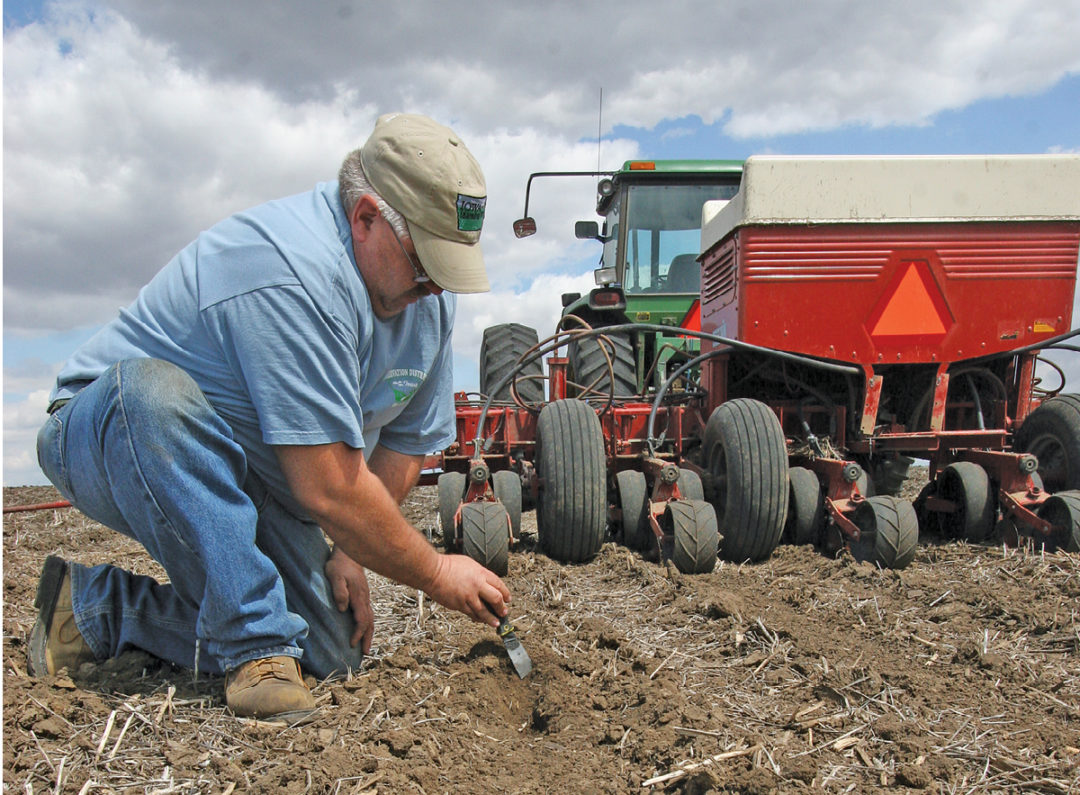No-Till Farmer
Get full access NOW to the most comprehensive, powerful and easy-to-use online resource for no-tillage practices. Just one good idea will pay for your subscription hundreds of times over.

While the majority of U.S. industries are slumbering or showing modest signals of a possible recovery, U.S. agriculture really hummed in 2010.
That’s not to say there weren’t challenges.
Dry summertime conditions in the East dinged many no-tillers’ yields in states like Ohio and Indiana, while wet conditions in the Mississippi River region may have held back some crop growth. But many no-tillers in the Upper Midwest saw record production.
Regardless, some poor crop performances around the world, coupled with less-than-expected U.S. crop production, caused grain prices to soar.
Farmers who hadn’t locked in prices when the market was soft won big time, and those who didn’t hope to cash in during 2011.
In 2009, no-tillers told us their net incomes dropped by 1.2%. But the 502 respondents to our comprehensive No-Till Practices Survey say their 2010 net incomes increased by $29,295 per farm, or 7.5%.
That doesn’t quite rival 2008, when net profits rose by $62,125 per farm, but it was a nice improvement from a ho-hum 2009.
Among the seven regions in the U.S. that we surveyed, no-tillers in the Great Plains, which comprises Michigan, Minnesota and Wisconsin, reported a 10% increase in net profitability, making them the leading region for the second straight year.
Other regions weren’t far behind, including the Southern Plains with a 9.8% increase in net income, the Northern Plains at 9.7% and the Western Corn Belt at 9.4%.
The Eastern Corn Belt saw the smallest increase in net income at 2.2%, while the…